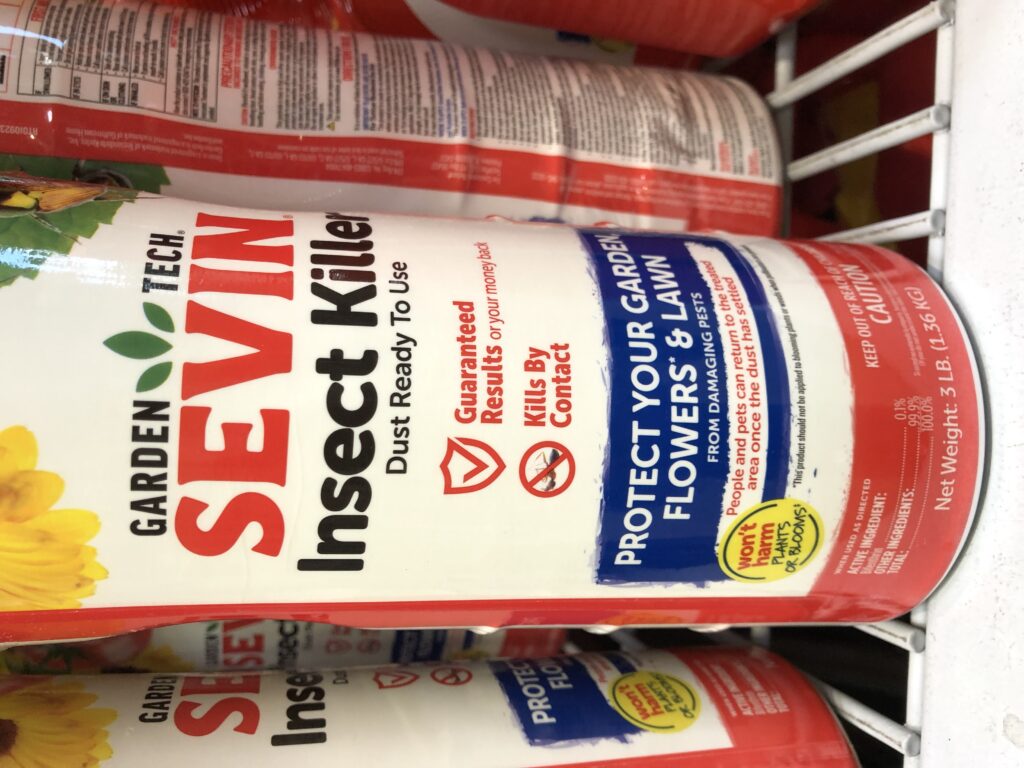Pesticide Update – Chemistries Changing
go.ncsu.edu/readext?1015584
en Español / em Português
El inglés es el idioma de control de esta página. En la medida en que haya algún conflicto entre la traducción al inglés y la traducción, el inglés prevalece.
Al hacer clic en el enlace de traducción se activa un servicio de traducción gratuito para convertir la página al español. Al igual que con cualquier traducción por Internet, la conversión no es sensible al contexto y puede que no traduzca el texto en su significado original. NC State Extension no garantiza la exactitud del texto traducido. Por favor, tenga en cuenta que algunas aplicaciones y/o servicios pueden no funcionar como se espera cuando se traducen.
Português
Inglês é o idioma de controle desta página. Na medida que haja algum conflito entre o texto original em Inglês e a tradução, o Inglês prevalece.
Ao clicar no link de tradução, um serviço gratuito de tradução será ativado para converter a página para o Português. Como em qualquer tradução pela internet, a conversão não é sensivel ao contexto e pode não ocorrer a tradução para o significado orginal. O serviço de Extensão da Carolina do Norte (NC State Extension) não garante a exatidão do texto traduzido. Por favor, observe que algumas funções ou serviços podem não funcionar como esperado após a tradução.
English
English is the controlling language of this page. To the extent there is any conflict between the English text and the translation, English controls.
Clicking on the translation link activates a free translation service to convert the page to Spanish. As with any Internet translation, the conversion is not context-sensitive and may not translate the text to its original meaning. NC State Extension does not guarantee the accuracy of the translated text. Please note that some applications and/or services may not function as expected when translated.
Collapse ▲Lawn and Garden Chemicals Have Come and Gone
Over the years home gardener’s access to many pesticide chemistries has come and gone. DDT, Dursban (chlopyriphos), lindane, arcenicals and many other chemistries that were once widely available are now unavailable for use by home gardeners.
Today the trend continues with many of the pesticides Baby Boomers and Gen-Xers used in the 90’s and 2000’s going away. Gardeners may find the name brands still being used but the active ingredients are changing. Carbaryl, was once the active ingredient in Sevin. Today when you go to the store Sevin products contain bifenthrin, a member of the pyrethroid class of insecticides which are synthetic versions of an insecticide derived from chrysanthemum flowers. Snail and slug killer products were changed from metaldehyde to sodium ferric EDTA recently.

Glyphosate
I keep getting asked by home gardeners, “What’s up with glyphosate? Is it still available for homeowner use? I know it can’t be found on big box store shelves anymore.”
The short answer is ‘yes’, glyphosate can be purchased by homeowners. However, it will no longer be in homeowner RoundUp brand products on store shelves. Many articles online point to the fact that the manufacturer of RoundUp made this decision in 2022.
If you go to retail outlets you will not find RoundUp branded products containing glyphosate. I went to several local retailers and could not find any RoundUp products containing glyphosate. Basically the manufacturer has substituted triclopyr + fluazifop sometimes with imazapic, diquat, or others as the active ingredients.

A quick search online by the author found many glyphosate products still available for purchase. Many different online retailers still have multiple different name brands for sale. So, if you want to buy glyphosate as a homeowner you will have to go to places other than big box retailers.
It appears that landscapers continue to be able to buy and use glyphosate on homeowner properties.
New Herbicide Chemistries
There are options to glyphosate and other older herbicides. Newer herbicides that are labelled ‘organic’ are on the market. The author has used Axxe and Natria. Both are very effective weed killers. Here is a list of other biorational herbicides.
READ THE LABEL
The old saying ‘READ THE LABEL” is as true today as it was when I first learned it in ag school back in the 90’s. The EPA requires any pesticide label to tell you everything you need to know about the product including the name of the active ingredient, what proper protective equipment a user must wear, where and how to apply and how to mix. The EPA also requires the end user of the pesticide read the label. Finally, the EPA pushes responsibility to the end user of the pesticide.




